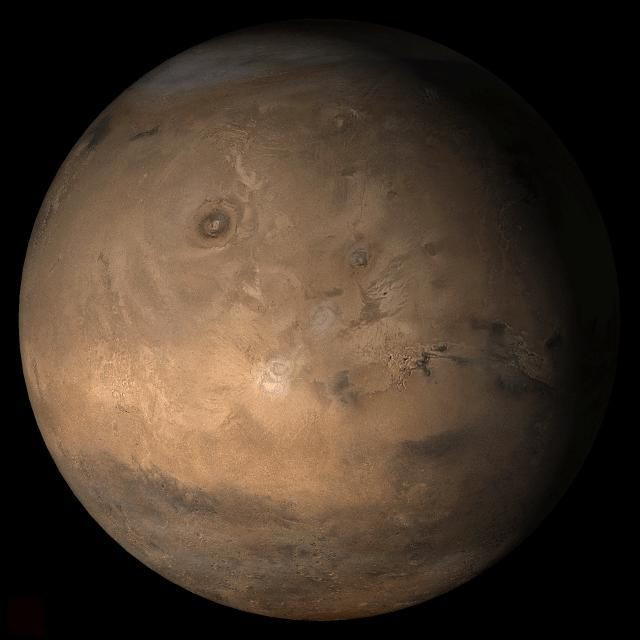European Space Agency To Send Alien Hunting Camera To Mars

The European Space Agency (ESA) has unveiled the special camera that will serve as the eyes of its ExoMars rover for an upcoming Mars mission. The camera has special features that will allow the agency to detect signs of alien life on the Red Planet.
The device, known as Panoramic Camera (PanCam), was developed by the Mullard Space Science Laboratory of the University College of London in partnership with the European aerospace and defense firm, Airbus.
According to the developers, the PanCam was specifically designed to withstand the harsh weather conditions in Mars.
“PanCam is simple,” the device’s project manager Mary Carter said according to CNN.
“However, this isn’t just a standard off-the-shelf camera, from the very beginning it has been optimized for the harsh Martian environment, and designed to be much more reliable than commercial electronics.”
Carter noted that the PanCam can adapt to the severe weather changes on Mars, which can rise up to 20 degrees Celsius during the day and drop to negative 130 degrees Celsius at night time.
PanCam consists of three cameras. Two of them are equipped with wide-angle lenses that can be used to take panoramic images of Mars while the third one is a high-resolution camera that can take photos in full color.
The PanCam is also equipped with a filter wheel that allows the device to capture images in 12 different wavelengths. Through these features, the PanCam will allow the ExoMars rover to detect locations of minerals that are rich in water. According to the ESA, these areas could hold traces of living organisms on the Red Planet.
In order to improve the rover’s alien-hunting abilities, the ESA also equipped it with a drill. After the PanCam detects the locations of the minerals, the rover will use the drill to dig below the surface in order to reach an area that’s untouched by the extreme Martian conditions.
The ESA believes that since Mars’ surface is too extreme to host living organisms, going underground would provide the rover the best chance of finding evidence of alien life.
The ESA plans to launch ExoMars in July 2020. The rover is expected to reach Mars by 2021.
© Copyright IBTimes 2025. All rights reserved.





















